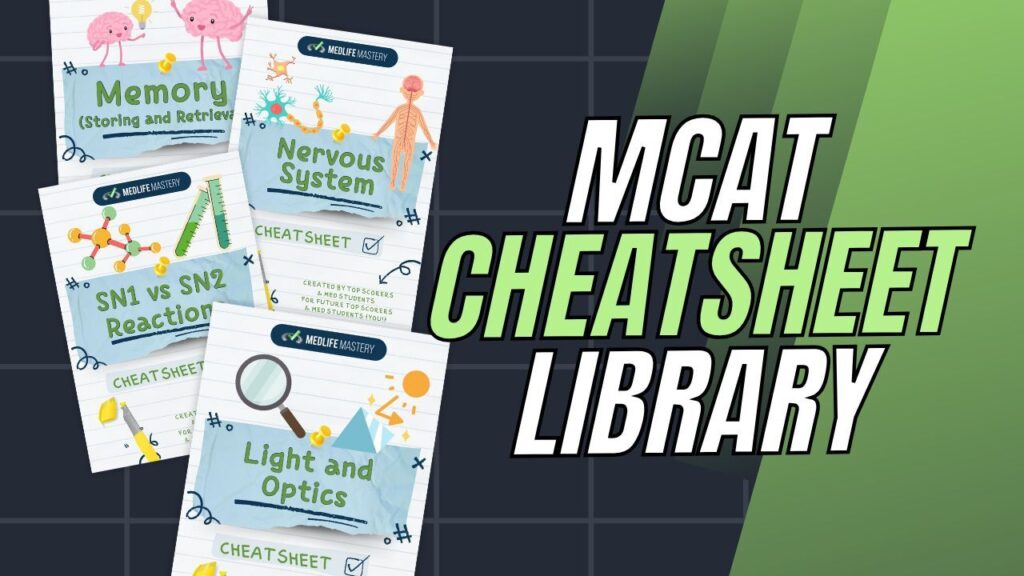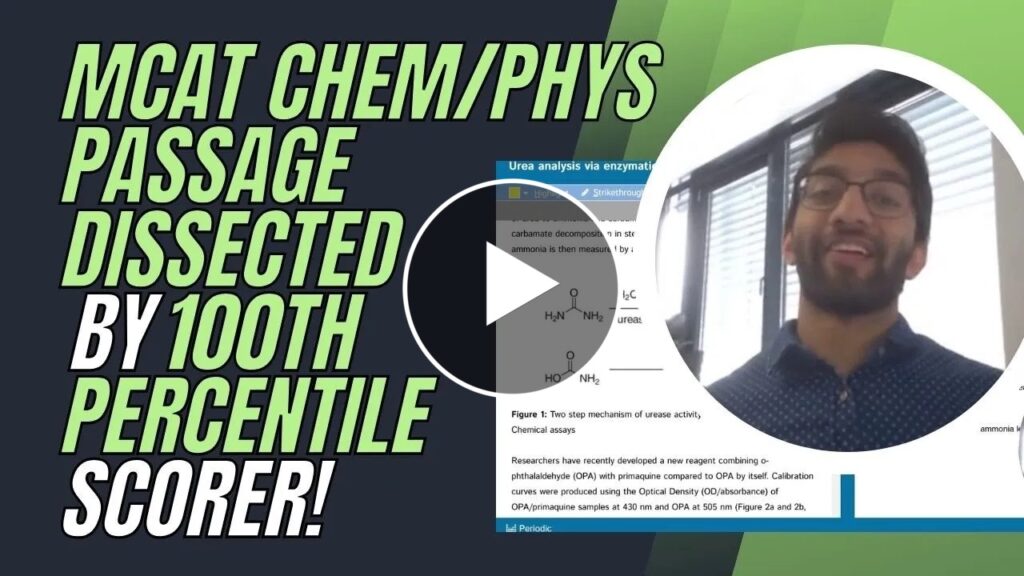Heat and enthalpy are important concepts in general chemistry. They help us understand energy changes in chemical reactions and processes. This guide will explain these concepts, their differences, and how they relate to other topics.
I. Understanding Heat
Heat is a form of energy transfer. It flows from a hotter object to a cooler one until it reaches the same temperature.
A. What is Heat?
Heat is the energy that moves between objects because of a temperature difference. It is measured in joules (J) or calories (cal). For example, heat energy transfers from the stove to the water when you heat water on a stove. Heat transfer can be calculated through the formula:

B. How is Heat Transferred?
There are three main ways heat can be transferred:
- Conduction: Direct transfer of heat through a material. For example, a metal spoon gets hot in a boiling pot.
- Convection: Transfer of heat by moving fluids (liquids or gases). For example, warm air rises, and cool air sinks in a room.
Radiation: Transfer of heat through electromagnetic waves. For example, the heat from the sun reaches the earth.
II. Understanding Enthalpy
Enthalpy measures a system's total energy. It includes internal energy and the energy required to make space for the system by displacing its surroundings.
A. What is Enthalpy?
Enthalpy (H) is the sum of the internal energy of a system plus the product of its pressure (P) and volume (V). The formula is:
H=U+PV
where U is internal energy. Internal energy includes kinetic and potential energy within the system.
B. Changes in Enthalpy
The change in enthalpy (ΔH\) during a reaction is the heat absorbed or released at constant pressure. If ΔH\ is positive, the reaction absorbs heat (endothermic). If ΔH is negative, the reaction releases heat (exothermic). For example, in the reaction where methane burns:
CH4+2O2→CO2+2H2O
The reaction releases energy, so ΔH is negative.
III. Heat vs. Enthalpy
Heat and enthalpy are related but different. Heat is the transfer of energy due to temperature differences. Enthalpy is the total energy of a system, including internal energy and the energy to displace its surroundings.
IV. Bridge/Overlap
Understanding heat and enthalpy is essential in many areas of chemistry.
A. Thermodynamics
Thermodynamics studies how energy changes in systems. Heat and enthalpy are key concepts in this field.
For example, the first law of thermodynamics states that energy cannot be created or destroyed. It can only be transferred or transformed.
The equation for the first law is ΔU=Q−W. The ΔU is the change in internal energy, Q is heat added to the system, and W is work done by the system.
B. Chemical Reactions
Heat and enthalpy are important in understanding chemical reactions. The enthalpy change tells us whether a reaction absorbs or releases heat. This helps predict how the reaction will proceed. For example, in endothermic reactions like:
N2+O2+Heat→2NO
heat is absorbed, and ΔH is positive.
C. Phase Changes
Energy changes when substances change phases (solid, liquid, gas). For example, when ice melts into water, it absorbs heat without changing temperature.
This heat is called latent heat, which is related to enthalpy. The equation for phase changes is q=mL, where q is heat, m is mass, and L is latent heat.
V. Wrap-Up and Key Terms
Understanding heat and enthalpy helps in studying energy changes in chemistry. They are crucial for understanding reactions, phase changes, and thermodynamics.
Key Terms
- Heat: Energy transfer due to temperature difference, measured in joules (J) or calories (cal).
- Conduction: Transfer of heat through a material.
- Convection: Transfer of heat by the movement of fluids.
- Radiation: Transfer of heat through electromagnetic waves.
- Enthalpy (H): Total energy of a system, including internal energy and energy to displace surroundings.
- Endothermic: Reaction that absorbs heat, with a positive ΔH\Delta HΔH.
- Exothermic: Reaction that releases heat, with a negative ΔH\Delta HΔH.
VI. Practice Questions
Sample Practice Question 1
Which of the following is an example of heat transfer by convection?
A. A metal spoon is heating up in the hot soup.
B. Warm air rising and cool air sinking in a room.
C. Heat from the sun warming your face.
D. Ice melting in a glass of water.
Ans. B
Convection involves the movement of fluids. Warm air rising and cool air sinking in a room is an example of heat transfer by convection.
Sample Practice Question 2
What is an exothermic reaction's enthalpy change (ΔH)?
A. Positive
B. Negative
C. Zero
D. Cannot be determined
Ans. B
In an exothermic reaction, heat is released, so the enthalpy change (ΔH) is negative.







 To help you achieve your goal MCAT score, we take turns hosting these
To help you achieve your goal MCAT score, we take turns hosting these 





















 reviews on TrustPilot
reviews on TrustPilot